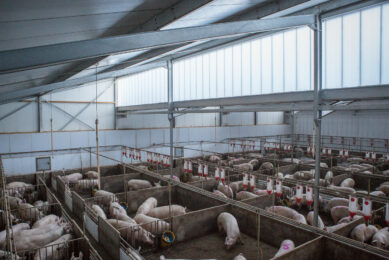Should we ban piglet castration in the EU?
There are an increasing number of lobby groups in various EU countries advocating the banning of castration of piglets. On the 29th January the EU commission SCFCAH working group held a closed meeting for member state officials and invited speakers to consider the subject.
There are an increasing number of lobby groups in various EU countries advocating the banning of 2001/93/EC ) forbidding ‘tearing of tissues’ during the procedure could be considered counterproductive to their concerns on welfare.
Element of tearing is advantageous
The essence of this kind of on-farm surgery is cleanliness, speed and minimisation of tissue damage. Practical surgical experience shows that an element of tearing of the spermatic cord causes elastic recoil of the spermatic artery, which limits the potential loss of blood.
Having to cut or crush the cord introduces the possibility of further and deeper wound contamination and the latter procedure also induces tissue necrosis, which can act as a focus of infection.
Cutting or crushing causes piglet stress
Cutting or crushing, both reduce the speed of the operation and potentially increase the stress caused to the piglet. It is therefore considered not beneficial to the welfare of the pigs and therefore tearing of the tissues for removal of the testis should be permitted.
Anaesthetics also have their drawbacks
Local anaesthesia, by injection into the testicle can also induce pain initially and after the surgery any discomfort rapidly returns after removal of the testicle. It also slows the whole procedure and requires the pig to be handled twice, once to inject and a second time to operate.
In some countries, like the UK, there are no licensed local anaesthetics approved for use in pigs. Similarly, the whole procedure would be slowed down if general anaesthetics were used, and even if there were products approved for use, the complications with general anaesthesia of young piglets would outweigh any advantages.
Good management and welfare reasons to allow castration
There are also good management and welfare reasons why castration should be permitted, besides











